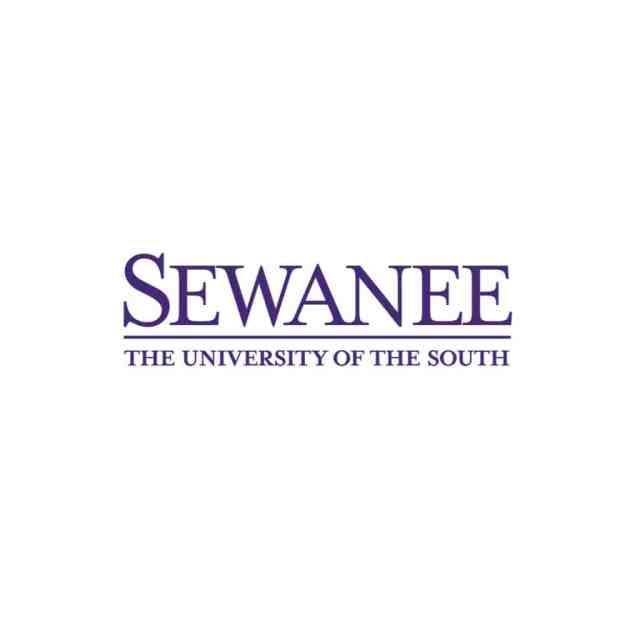Lots of folks from the higher education community participated in this week’s webinar, “Ditching the Binder: Best Practices in Digital Promotion & Tenure,” with Sewanee’s Elizabeth Skomp,Professor of Russian and Associate Dean of the College. We thought we’d share some of the most popular questions we received about our ByCommittee Promotion & Tenure platform and how it can be used. Missed the webinar? Want to listen again? Watch the recording online.
We’ve paraphrased and combined questions a little, here, to make sure the thrust of each inquiry is clear.
1. Many of our course evaluations are still stacks and stacks of paper, sometimes in large volumes. Also, some faculty have materials relevant to their promotion case that differ from conventional electronic documents (such as full books or visual artwork). How do you manage this with an online system?
As Elizabeth reported from her experience at Sewanee, the platform comfortably handles individual files up to 100MB (including, for example, full-length books in the case of one creative writing professor), and there is no limit to the number of individual files the candidate and committees can upload. For users granted permission, documents can be reordered with a click and drag. The system supports a wide range of file types, and candidates with visual materials can choose to upload either a sequence of separate files or a single consolidated version (such as a PDF).
2. Can committee members communicate with each other within the system?
Yes! There are several ways to do this:
- One “committee” (which might only consist of one person, like a dean) can include a note to another when sending the candidate’s packet forward or backward.
- The system offers a comments feature at the level of the individual workflow step (say, the Division of the Sciences committee reviewing a case from the Department of Biology), which can be enabled or disabled both at the institutional level and at the individual case level. Comments made within one workflow step are restricted to that step—earlier and later committees in the process cannot view that committee’s internal comments.
- The “manager” of a committee can generate a simple email from within the system to any combination of other users at the institution.
3. Can you dictate at which points during the review process the candidate can and cannot have access to the files? For example, after the first level of review, but before the second level?
Definitely. At present, given the scenarios we have heard about from our university partners, ByCommittee takes a manual switch-on, switch-off approach. At any time, an authorized administrator can enable or disable candidates’ editing of their own materials at the level of the individual packet section (defined by the institution) or at the level of the entire packet.
4. Can the review workflow process be adjusted?
Absolutely. You can create any number of repeatable templates (e.g. “Associate to Full”) with any number of steps, with any number of committee members in each step, with totally custom titles, instructions, and messages. As Elizabeth mentioned in the webinar, at Sewanee they’re even starting to use the platform for the long-term, non-tenure-track reappointment process.
You can watch the recording online anytime..
Curious to learn more about how this might look at your institution? Let us know at team@interfolio.com!
Want more of this kind of thing? Our next webinar is on March 31, from 2:00-3:00 PM EST. Learn more and register here!
